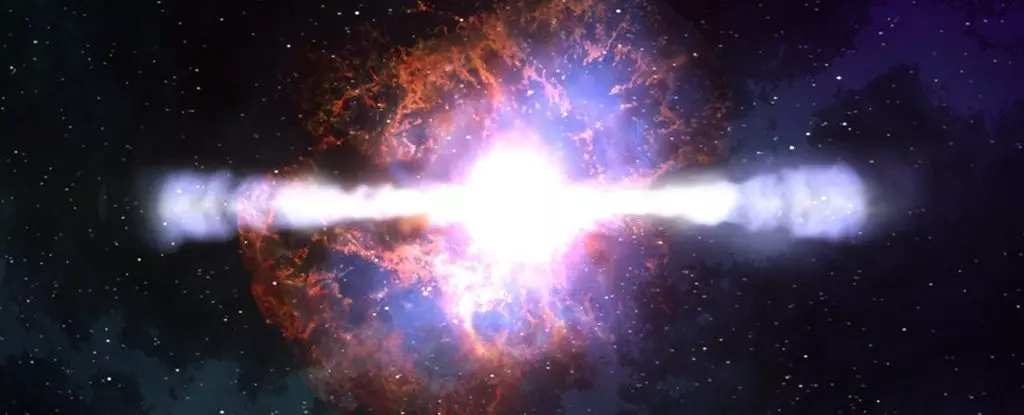For decades, scientists have primarily portrayed cosmic radiation as a destructive force, a relentless agent capable of sterilizing planets and sterilizing life wherever it strikes. The conventional wisdom emphasizes Earth’s protective magnetic field and atmosphere as essential shields that safeguard terrestrial life. Without these defenses, the belief was that the harsh universe’s high-energy particles would decimate any sustaining biological processes. This perspective has heavily influenced the search for extraterrestrial life, often favoring warm, sunlit worlds teeming with surface water. Yet, recent research challenges this narrow view, suggesting that cosmic radiation might not only be survivable but could actively foster life in unexpected environments.
Radiolysis: The Surprising Ally in Extreme Environments
This groundbreaking study delves into the phenomenon of radiolysis—the process by which high-energy particles like cosmic rays dislodge electrons from molecules—potentially transforming a lethal threat into a life-creating mechanism. When cosmic rays penetrate subsurface icy layers or underground waters, they can generate reactive molecules and free radicals, serving as a source of chemical energy for microbes in these dark, cold habitats. Instead of seeing cosmic radiation solely as a biological hazard, scientists are now contemplating its role as an agent of chemical activation, creating an energy source where none was thought possible. This paradigm shift opens up a universe of possibilities, pushing the boundaries of astrobiology beyond the traditional habitable zones.
Implications for the Search for Life in Our Solar System and Beyond
Simulations of radiolysis in celestial bodies like Enceladus, Mars, and Europa reveal that these moons could harbor environments conducive to life, thanks to the presence of subsurface water and exposure to cosmic radiation. Enceladus, with its icy shell and subsurface ocean, appears particularly promising, owing to its natural internal heating and exposure to cosmic particles. These insights compel us to reconsider the criteria for life-supporting worlds, shifting focus from planets with abundant sunlight to those with stable water reserves beneath their surfaces, even in extreme cold. The notion that life can thrive without direct sunlight fundamentally alters the landscape of astrobiology and the quest for humanity’s cosmic neighbors.
Challenging Assumptions and Expanding Our Horizons
This revelation highlights an important truth: our understanding of what makes a planet habitable is far from complete. It emphasizes our need for humility and curiosity, reminding us that the universe often harbors surprises that defy conventional wisdom. While the destructive potential of cosmic rays remains undeniable, their capacity to illuminate, energize, and perhaps even sustain life underscores the importance of broadening our criteria for habitability. Instead of dismissing the cold, dark corners of the universe as barren wastelands, researchers are now exploring how these environments might be teeming with microbial ecosystems nourished by cosmic energy. Such insights foster optimism about the prevalence of life beyond Earth and inspire a more nuanced approach to future exploratory missions.


Leave a Reply